Located in Guanabara Bay, Paquetá is a neighborhood of Rio de Janeiro. The indigenous origin of its name has various interpretations, such as “place where there are many pacas,” “stones fallen from the sky,” and “place of shells.” In popular affection, it is known as the Pearl of Guanabara and the Island of Love.
Since 1999, Paquetá Island has been designated a Cultural Environment Protection Area (APAC), a category that ensures the conservation of its valuable natural, historical, architectural, and landscape heritage, spanning from the period of the original peoples to the colonial and imperial contexts, including contemporary landmarks that highlight its environmental and cultural significance to the city.
The Rolé through Paquetá encourages engagement with this heritage to strengthen its preservation and to value the island’s ongoing processes of transformation, recognizing it as a space of unique memory.
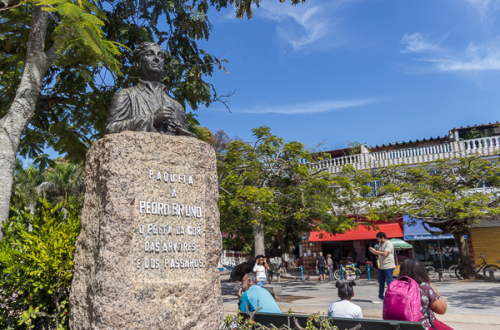
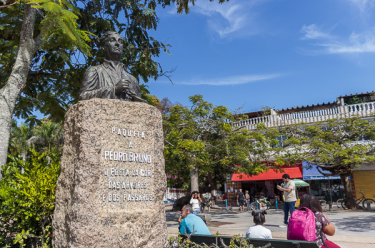
Pedro Bruno Square honors the Paquetá-born artist Pedro Bruno (1888–1949), who excelled in painting, landscape design, and poetry, drawing inspiration from the island. He founded the Paquetá Artistic League, which worked to value and preserve the local cultural and environmental heritage. His works are protected as national heritage and are also exhibited in museums such as the Museum of the Republic and the National Historical Museum.


The Museum of Communication and Customs, located in the former house of José Bonifácio in Paquetá, houses more than 20,000 items related to communication and everyday life from the 18th to the 20th centuries. Restored in 2015 by Fischel Davit Chargel, the collection includes phonographs, antique toys, and rare documents.
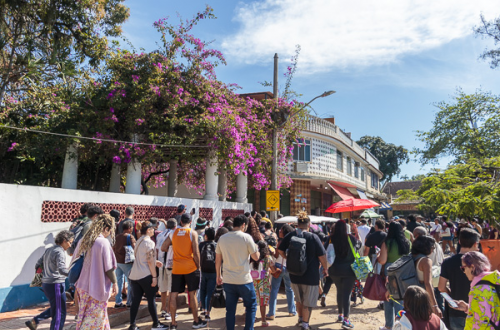
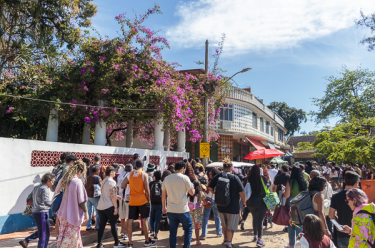
The area was originally part of the Fernão Valdez sesmaria farm. Later, the Jesuits exploited the kaolin found in Morro de Santa Cruz, used for porcelain production, and dug several extraction tunnels, still visible in various parts of the hill. The land was then acquired by Darke Bhering de Mattos, owner of Café Globo and Bhering Chocolates. Later, his daughter donated the property to the City Hall, which established the park in 1975.
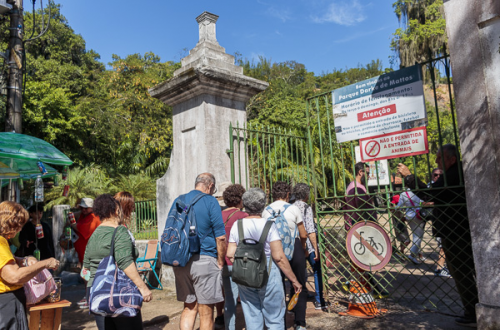
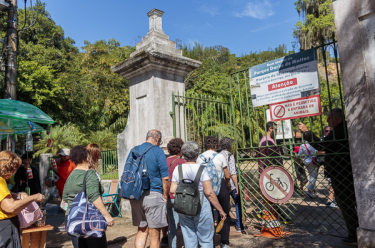
In January 2000, Paquetá Island was affected by an environmental disaster caused by the rupture of a pipeline at the Duque de Caxias Refinery (Reduc). A large amount of oil spilled into Guanabara Bay, and carried by the tide, it reached the island and contaminated most of the coastline, affecting eight of the eleven beaches. The incident impacted the local economy and the collective memory of Paquetá’s residents.
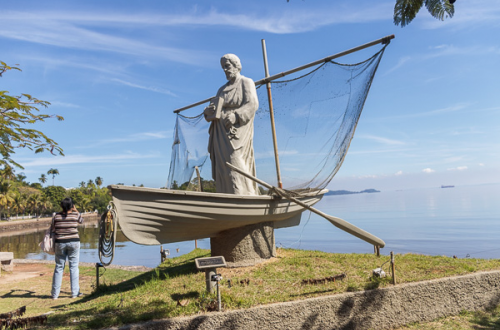
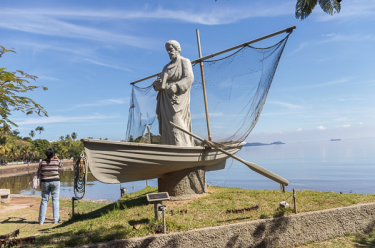
According to local belief, João Saudade, an enslaved man from the Benguela nation, prayed daily at this site to reunite with his family left in Africa. One night, João—who was considered the very incarnation of longing—mysteriously disappeared, and a bright light illuminated the pier where he had been. The story is preserved in local memory as a symbol of the marks of the African diaspora.


A Moreninha (1844), by Joaquim Manuel de Macedo, represents a milestone of Brazilian Romanticism and was originally published as a serial. Although Paquetá is not mentioned in the text, the association became natural among readers, as the description of the setting matched the image that 19th-century Cariocas had of the island. The work’s influence led to local tributes, such as renaming the former Praia Comprida to Praia da Moreninha.
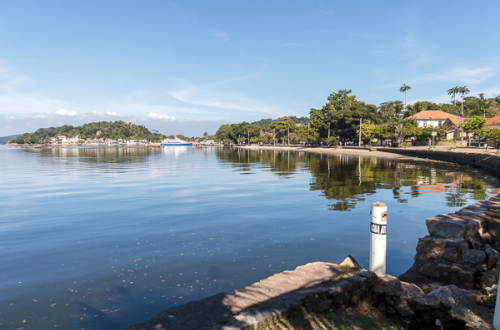
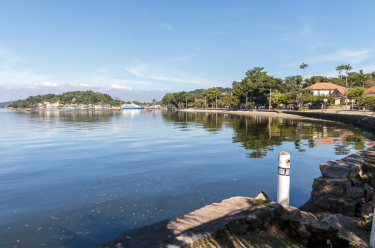
The Maria Gorda Baobab was listed as a protected tree by INEPAC in 1967, along with other trees. Its name comes from a legend. According to oral tradition, Maria Apolinária, known as “the Gorda,” was an enslaved woman on the island, frustrated by the lack of recognition for the work of enslaved people, who wished to leave a legacy symbolizing her presence and contribution. After repeatedly praying to the orixás to be eternalized in the land, Maria mysteriously disappeared, and a Baobab tree appeared in the place where she had lived and worked.
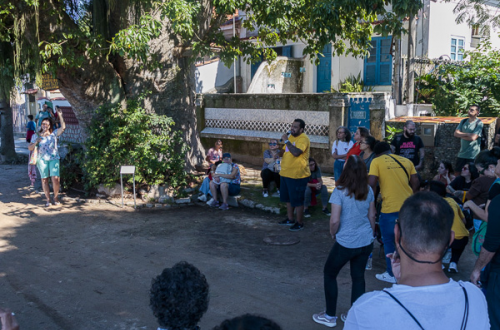
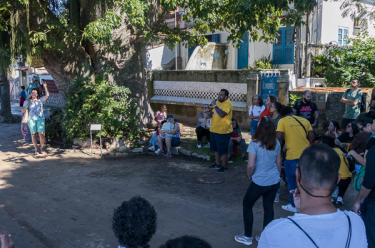
A cannon honoring Dom João VI, who visited Paquetá on at least three occasions. His first presence likely occurred between March 1808, when he arrived in Rio de Janeiro, and June 1809. The second visit possibly took place between September 21 and 28, 1813, during the Festa de São Roque. Finally, he visited the Solar Del-Rey around 1819.


Chief Guaixará was an important leader of the Tamoio Confederation in the resistance against the Portuguese in Guanabara Bay, particularly during the Canoas War (1566). His bust was commissioned by the Island of Paquetá Academy of Arts, Sciences, and Letters (AACLIP) and is one of the few monuments in the city that directly honors an Indigenous person for their achievements, highlighting their prominent role.


Paquetá has a cemetery exclusively for birds, considered unique in the world! Conceived by artists Pedro Bruno and Augusto Silva, it symbolizes care and respect for the local nature. Notable monuments include “The Fallen Bird” and “The Resting of the Tired Bird.” To this day, residents continue to bury their birds there.
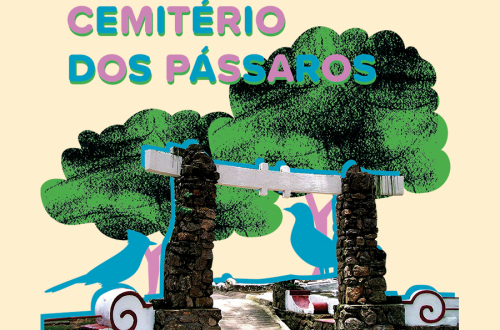
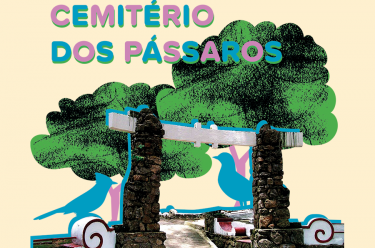
The Paquetá House of Arts operates in a mansion that once belonged to the former Ormy Toledo estate. In the first half of the 20th century, Ormy transformed the space into a cultural hub, hosting soirees with artists such as Pixinguinha and Lamartine Babo. Restored, the mansion became a cultural center in 2001, preserving the artistic tradition of the “Island of Arts.”
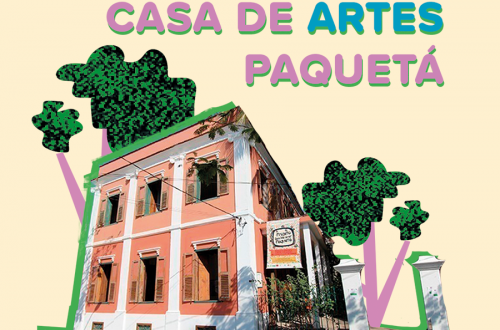
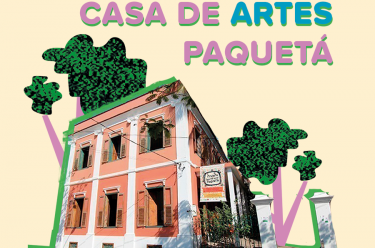
During Paquetá’s Carnival, several street bands take to the streets, bringing together residents and visitors. In addition to celebrating the island, they support the local economy, boosting small community businesses. Among the best-known groups are Pérola de Guanabara, Camelo, Unidos do Caraxué, and Explosão de Paquetá.

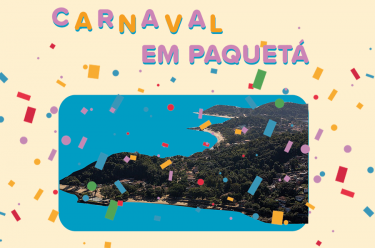
The Paquetá House of Arts is a space that promotes art, culture, and leisure. It was founded on the former Ormy Toledo estate; she was a woman who believed in the island’s potential as an artistic hub. The House offers recitals, film clubs, workshops, exhibitions, and other free projects.


On the Rolé Carioca YouTube channel, the playlist Papo de Bar features a special video with commentary on other Rolé editions in Paquetá, as well as a conversation highlighting details and curiosities about the island. Available at https://www.youtube.com/watch?v=969vvP_JRoY&list=PLIUhei6vELWpDkuyV-cW7GHK8uVO3JEKI&index=7.
Want to know if Paquetá’s beaches are safe for swimming? Visit the INEA website (www.inea.rj.gov.br), click on “Beach Quality Bulletin,” and select “Rio de Janeiro.” Finally, check the “Latest Bulletin Released” to see which beaches are suitable or unsuitable for swimming.
It is a collective of cultural entrepreneurs focused on sustainable tourism and the local social development of Paquetá Island. They organize events such as fairs, exhibitions, live music sessions, courses, workshops, and monthly meetings to strengthen the community base.